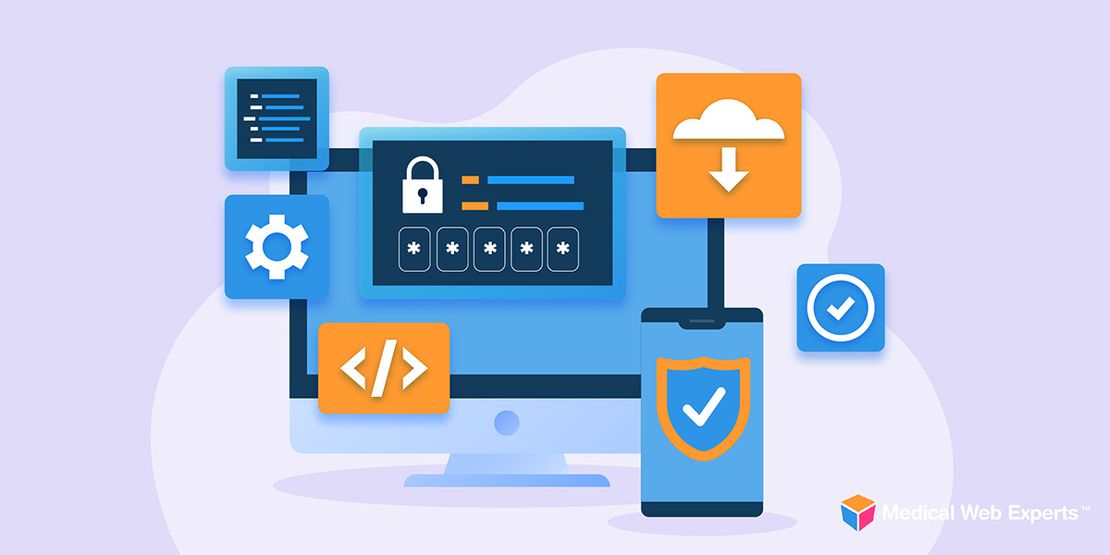Telemedicine and robotic surgery systems are two technologies that are proving key to preserving the rural hospitals that care for so many Americans. Here’s how:
Telemedicine
Telemedicine puts patients in touch with specialists that they wouldn’t otherwise have access to at many rural hospitals. It is also a viable solution for individuals who cannot afford to travel for better healthcare. Through remote video conferencing, for example, patients are able to receive expert consultations from specialists located at urban hospitals.
While the technology associated with telemedicine requires an investment from rural hospitals, both in terms of purchasing the technology and training staff, studies like one conducted by UC Davis in 2013 have shown that using telemedicine to improve patient outcomes is paying off in huge ways.
Robotic Surgery
Robotic systems sound like a thing of the future, but they are actually helping rural surgeons with complicated surgeries that they would otherwise be unable to perform. Using telecommunication technology, specialists are able to operate surgical robots remotely with extreme precision, all the while communicating with surgeons on the other end in real time.
Although costly, robotic surgeries have proven to be extremely successful, reducing surgical complications and lengths of stay for patients. They have even been reported to increase collaboration and coordination between surgeons and physicians. For example, during these surgeries, the voices of all those involved can be projected over speakers so that surgeons and physicians are in constant communication.
The latest innovations in healthcare may mean that location is irrelevant when it comes to securing the best care and treatment. While the systems are expensive, telemedicine and robotic systems will undoubtedly continue to transform the healthcare industry in the United States.


